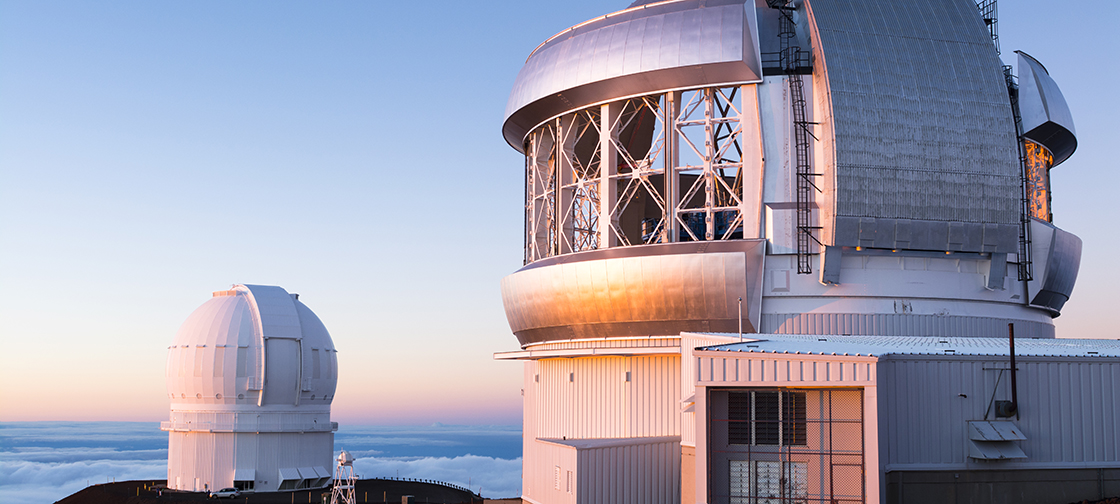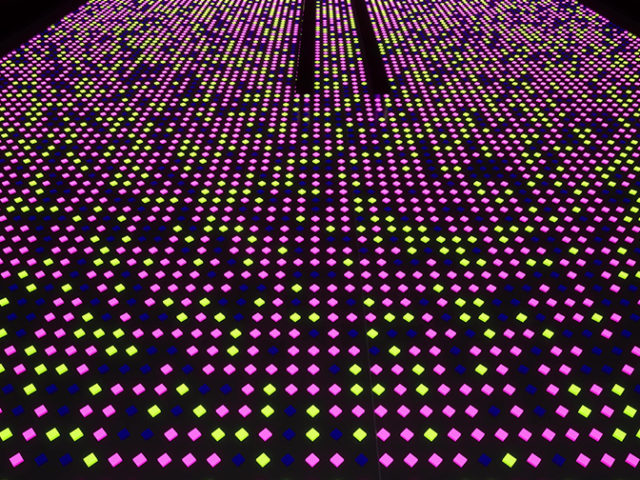Shrouded in mystery since their discovery, the phenomenon of black holes continues to be one of the most mind-boggling enigmas in our universe.
In recent years, many researchers have made strides in understanding black holes using observational astronomy and an emerging field known as gravitational wave astronomy, first hypothesized by Albert Einstein, which directly measures the gravitational waves emitted by black holes.
Through these findings on black hole gravitational waves, which were first observed in 2015 by the Laser Interferometer Gravitational-Wave Observatories (LIGO) in Louisiana and Washington, researchers have learned exciting details about these invisible objects and developed theories and projections on everything from their size to their physical properties.
Still, limitations in LIGO and other observation technologies have kept scientists from grasping a more complete picture of black holes, and one of the largest gaps in knowledge concerns a certain type of black hole: those of intermediate mass, or black holes that fall somewhere between supermassive (at least a million times greater than our sun) and stellar (think: smaller, though still five to 50 times greater than the mass of our sun).
That could soon change thanks to new research from a team of astrophysicists from the Georgia Institute of Technology, Vanderbilt University, the California Institute of Technology, and the Jet Propulsion Laboratory at NASA. The study, which was sponsored by NASA and the National Science Foundation and published Nov. 18 in Nature Astronomy, presents a compelling roadmap for capturing four- to 10-year snapshots of intermediate-mass black hole activity.
Source: “Observing a “cosmic symphony” using gravitational wave astronomy”, Georgia Institute of Technology




